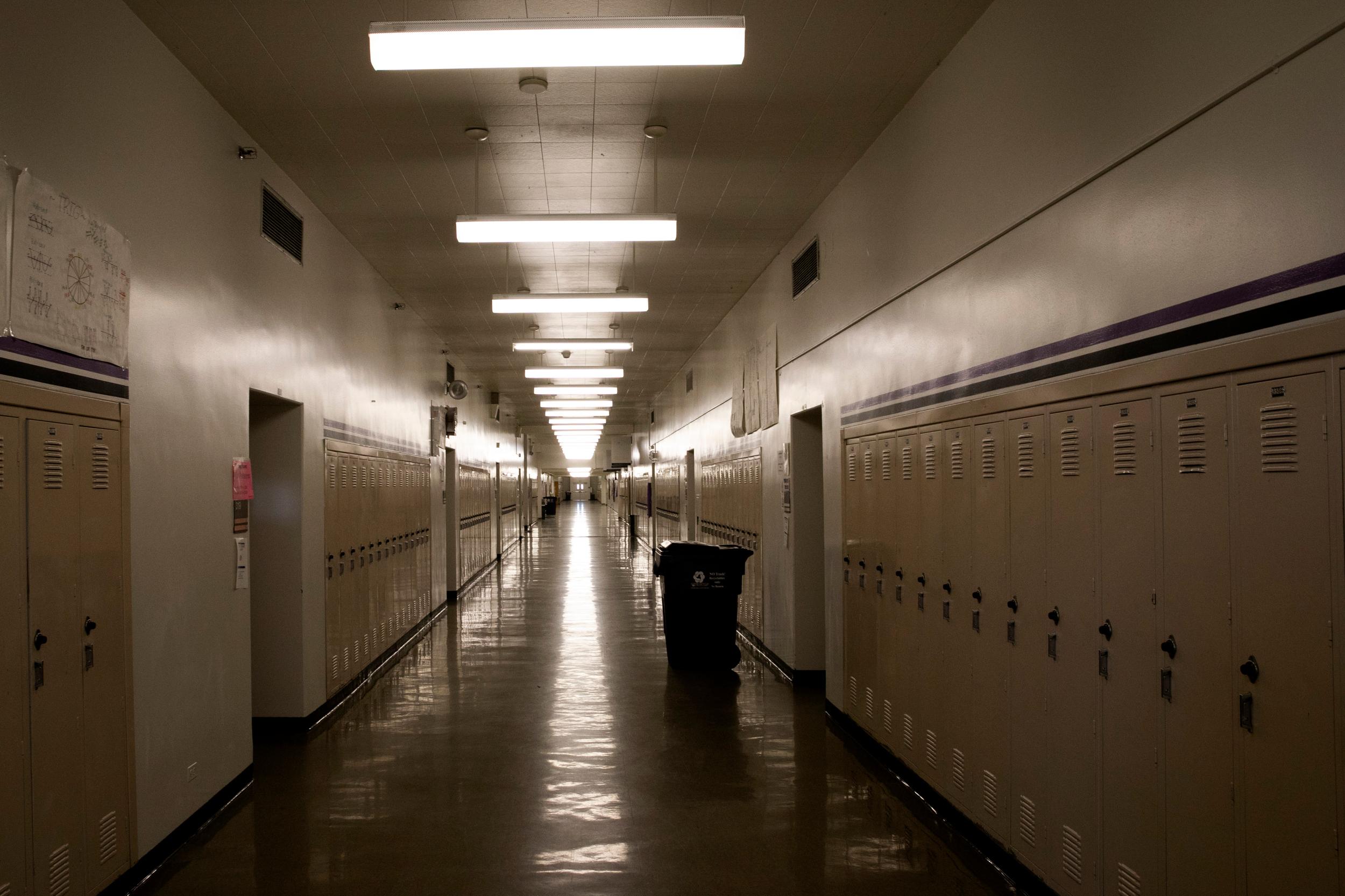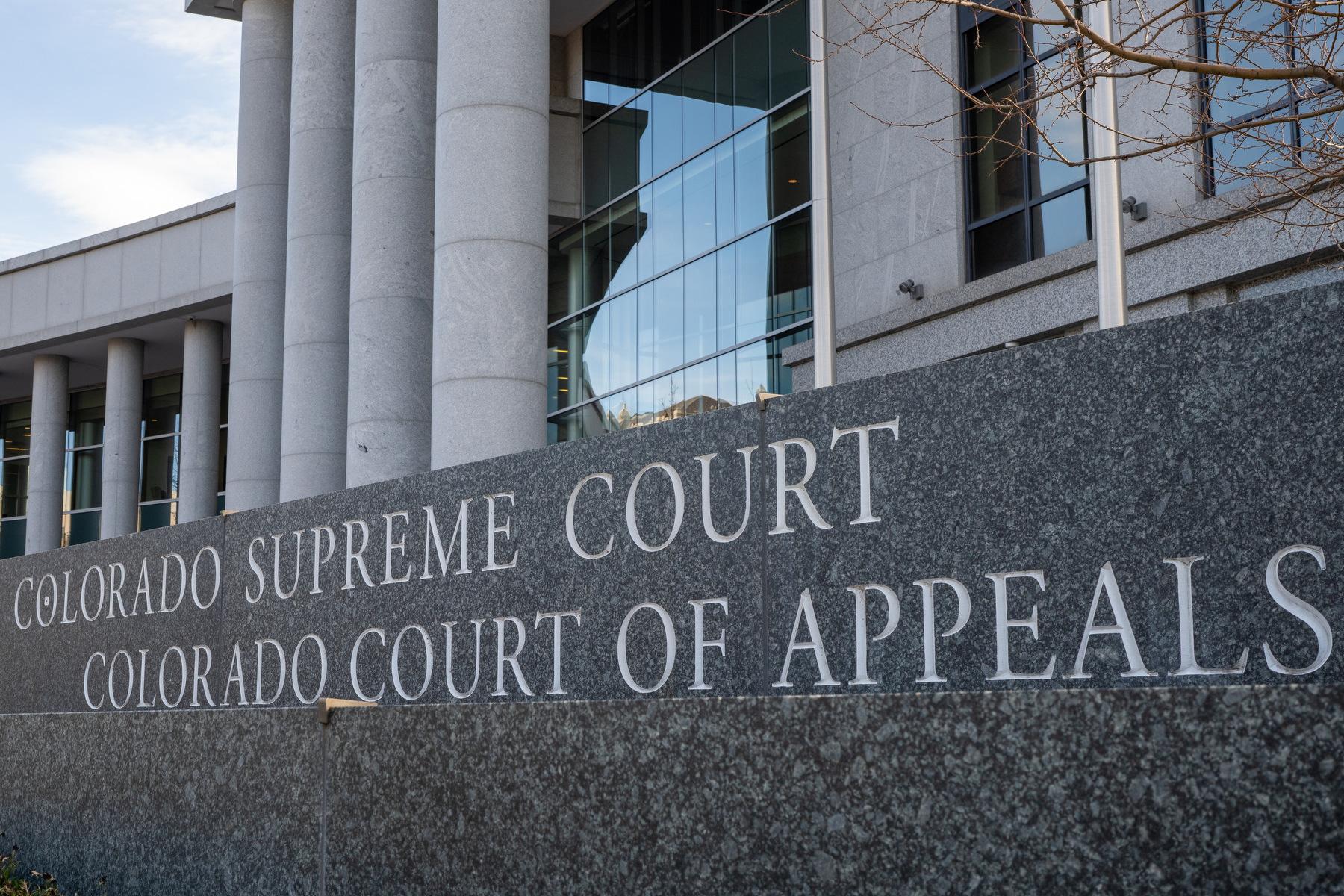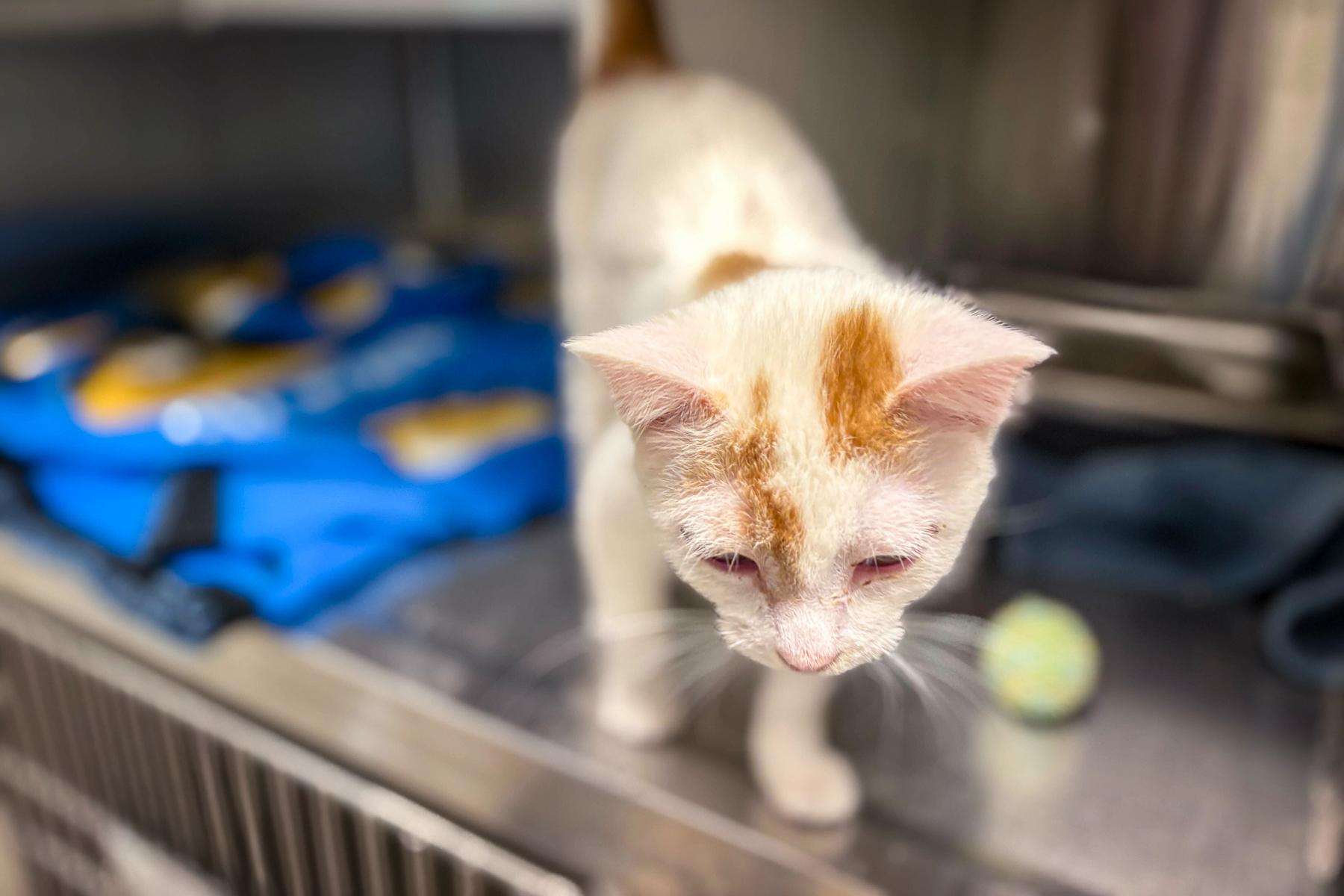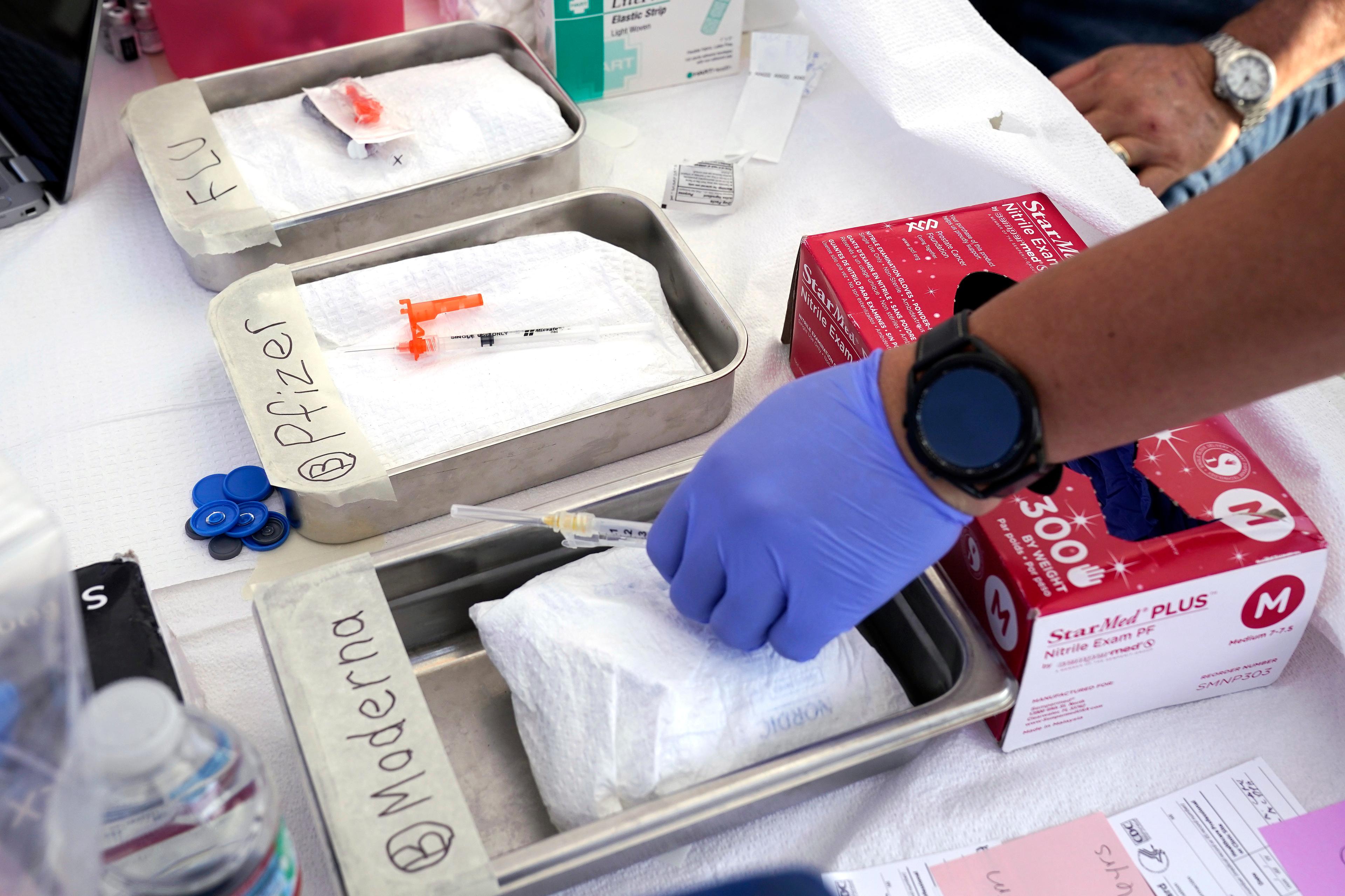
It’s up to individual Colorado school districts whether they will reopen this fall, but state health and education officials Monday released new detailed standards, guidance and best practices school officials can follow based on the level of the novel coronavirus in their communities.
“We want to get students back into school safely where they are best supported and active learners,” said Katy Anthes, Colorado’s Commissioner of Education as she unveiled the guidelines. She also acknowledged the anxiety teachers, school staff and families are feeling about schools reopening.
As COVID-19 infection rates rise, Colorado’s 178 school districts have struggled to develop reopening plans. Denver Public Schools reversed course on Friday, deciding against reopening in-person learning and instead starting schools online for at least two weeks.
“This guidance is really meant to provide local public health agencies guideposts and best practices for those local decisions as they work with districts,” Anthes said.
The guidance is divided into three categories: Stay at Home, Safer at Home, and Protect Our Neighbors, the same three categories used in the state’s phased response to the COVID-19 pandemic. Colorado currently is in the Safer at Home phase. Counties can move into the third phase when they meet certain criteria for controlling the virus.
For example, the guidance allows in-person learning with restrictions during Safer at Home and Protect Our Neighbors phases, with no limitation on class size for children K-5. For middle and high school students, it says districts can continue remote instruction if that is what is best given local health conditions. If older students are at school, it recommends they be six feet apart but doesn’t give a class size “because school classroom sizes differ between and among districts.”
If COVID-19 rates continue to rise in Colorado and there is another statewide Stay-at-Home order, only remote learning for schools is allowed.
The state’s education and health officials consulted with doctors, scientists, and other officials and agencies across the country and world to develop the guidelines.
COVID-19 does not seem to be impacting children nearly as severely as other age groups, and they are much less likely to transmit the disease, according to the American Academy of Pediatrics. Dr. Brian Erly, a medical epidemiologist with the Colorado Department of Public Health and Environment, said that shaped the state’s decision-making.
The risk of transmission between children and from children to adults is low, and the risk of transmission to adults is greater from other adults with either symptomatic or asymptomatic infection, Colorado’s guidelines state. The most important limit to classroom size for adults is the number of other adults in close proximity.
In the Safer-at-Home phase, in grades K to 5 for example, it specifies that up to four adults may rotate in and out per classroom. Students in grades K to 5 don’t have to be six feet apart in classrooms or other locations.
Officials said the difficulty of keeping young children apart likely outweighs the minimal benefit from keeping them apart. Moreover, they said, physical distancing has the potential to negatively impact appropriate child development in this age group.
Physical distancing plays a greater role in reducing COVID-19 risk at the middle and high school level. Under Safer-at-Home, grades 6 to 12 should keep to 6-foot distance in a class, but says 3 feet of distancing is still acceptable.
Officials noted several times that not all school buildings and communities are the same and encouraged school officials to think through “what will work for your school building as far as decreasing congestion during passing periods, meal times, recess, using signage and staggering times of passing periods that work best for your school building,” said CDPHE’s Therese Pilonetti.
Staggered arrival times, eating and recess times are recommended, as well as frequent cleaning and disinfecting surfaces that get touched a lot throughout and at the end of the day.
Ventilation, air exchanges, filtration and pulling air away from people is also critical, due to the likelihood that the virus can be transmitted through the air. Officials said holding classes outdoors is likely to lower the risk of the viral spread. Officials will issue separate guidance on how to do ventilation well.
All staff will be required to have face coverings, except for individuals with other health problems that make wearing a mask less healthy. Masks will be required for students 11 and up, and encouraged for younger students. Students will not be required to wear masks while napping or sleeping. Alternative transparent barriers may be used in place of masks for students who are hearing impaired or language learners.
But perhaps the most important variable stressed by experts is cohorting, grouping a set number of students together who stay together all day.
The guidance does not specify the size of the cohort because it is dependent on the physical size of the classroom.
“Whatever the testing circumstances in Colorado, whether turnaround is instantaneous or whether turnaround is taking several days, cohorting is going to be the best way for schools and school boards and educators to approach limiting the disruptions caused by cases,” said Erly.
State officials are working on an algorithm that specifies when an entire school would have to close as a result of an outbreak, but didn’t offer additional details on what it would include.
Erly said the class schedule as usual might not be possible. Schools may have to implement, block scheduling, hybrid and in-person learning, and staggered schedules.
“Cohorting is going to require a lot of creativity and adjustments on part of schools,” he said.
Erly said right now most kids are not resting comfortably in bubbles in their homes. Children and teenagers are already interacting, playing with other families on the street and elsewhere. He said if a kid gets infected in those circumstances, it’s hard to trace contact, isolate the cohort and do disease control measures that are available in schools.
“In some ways school provides a better, more controlled environment” for implementing disease control measures.
Teachers in some districts report high levels of anxiety about going back to school.
For example, the Jefferson County Education Association, the local teacher’s union, said in analyzing the 3,000 responses from a survey of educators, nurses, school counselors and others, only five percent would feel “moderately” safe without enhanced measures. Forty percent of educators reported underlying conditions that increase their risk of complications from COVID-19. Forty-three percent live with or care for a family member with complicated conditions.
It said there more teachers are requesting remote assignments than are available.
“We hope with engagement and layered risk protections that we can have a safe environment starting back,” said Anthes, the state commissioner. “But ultimately a lot of this comes down to individual decisions and I know our districts are doing the best they can to provide alternative work arrangements.”









